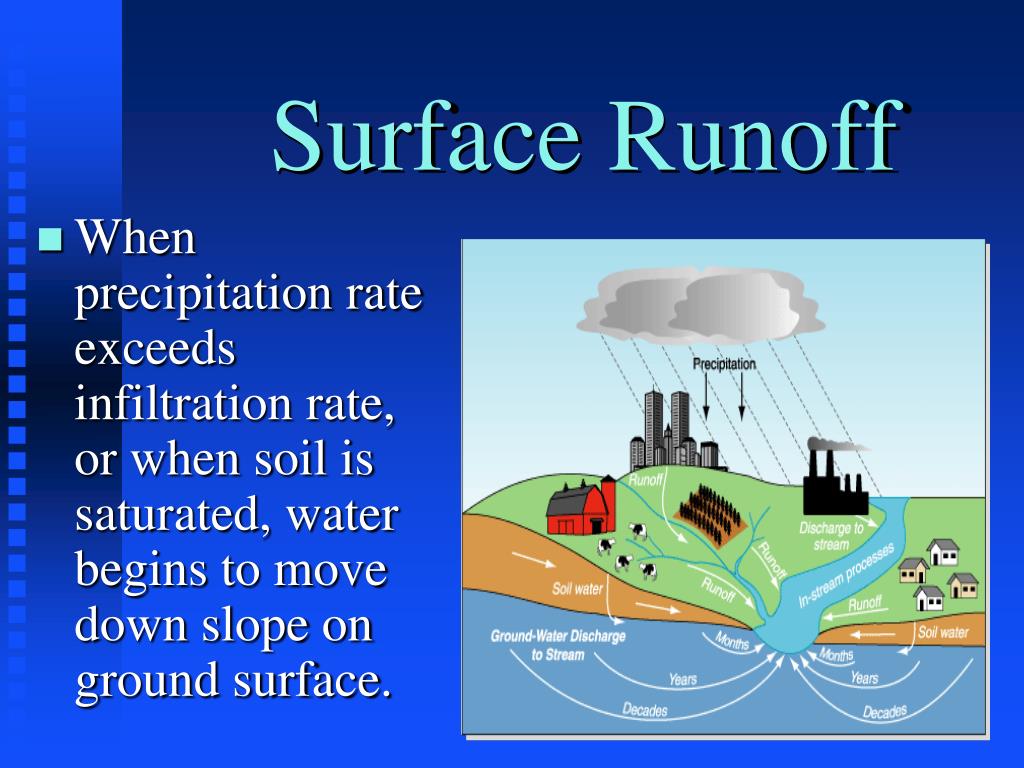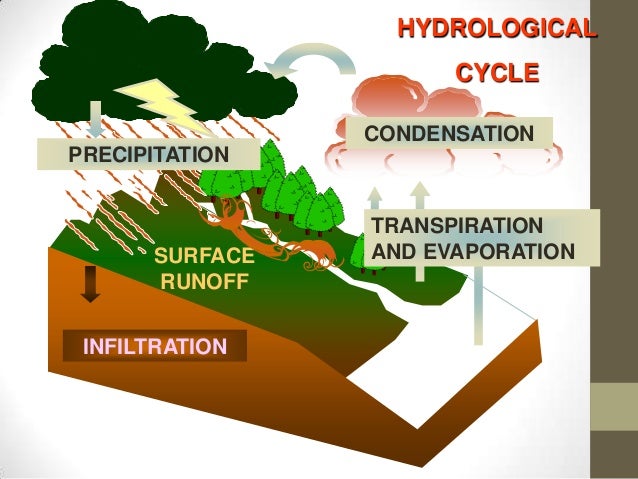
Hydrological modeling artificial intelligence machine learning neural network evapotranspiration runoff and rainfall. To date, the use of RNA is being implemented with other techniques to generate hybrid models that allow obtaining better estimates. Land Surface Change on Hydrological Processes through Statistical Modeling. As a consequence, it was found that artificial neural networks (ANNs) are the most widely used techniques for modeling hydrological processes where, with innovative programming languages, they can be encoded with much greater versatility. Use of these methods reveals that the reduction in annual runoff is mainly.

Indeed, after considering the protocol process, 50 indexed articles were obtained in addition to 4 articles and 1 book of web pages. Information on the spatial distribution of runoff processes in a catchment can be visualized in maps discerning different types of runoff 24. For this, a protocol process was established in which the selected database, definition of search terms and selection filters are entered. This document carried out a systematic review of the literature published between the years 2015 to 2021 in the various databases such as Scopus, Springer Link, EBSCOhost, SciELO and ScienceDirect. Currently these data are analyzed by a variety of techniques, among the predominant ones are artificial intelligence (IA) exclusively applied to the modeling of hydrological processes such as rain-runoff, floods, droughts, evapotranspiration, lake level and flow prediction. The field of hydrology is one of the sciences that focuses on the study, planning and quantification of water resources, generating a significant amount of data, which are indispensable in the branch of civil engineering. We have explored the mechanisms by which spatial. The mechanisms of runoff generation and flow paths in different landscape areas are not fully known due to spatial variability.

For validation of the theory, discharge and water table elevation were measured for 3-years in a 5.4 ha runoff source area with precipitation as the only source of input water. Modeling of hydrological processes applying artificial intelligence techniques: a systematic literature review. In-depth knowledge of the hydrological conditions of basins in arid regions can help to maintain the long-term water security. It is based on the concept that hydrological processes organize themselves given sufficient time.


 0 kommentar(er)
0 kommentar(er)
